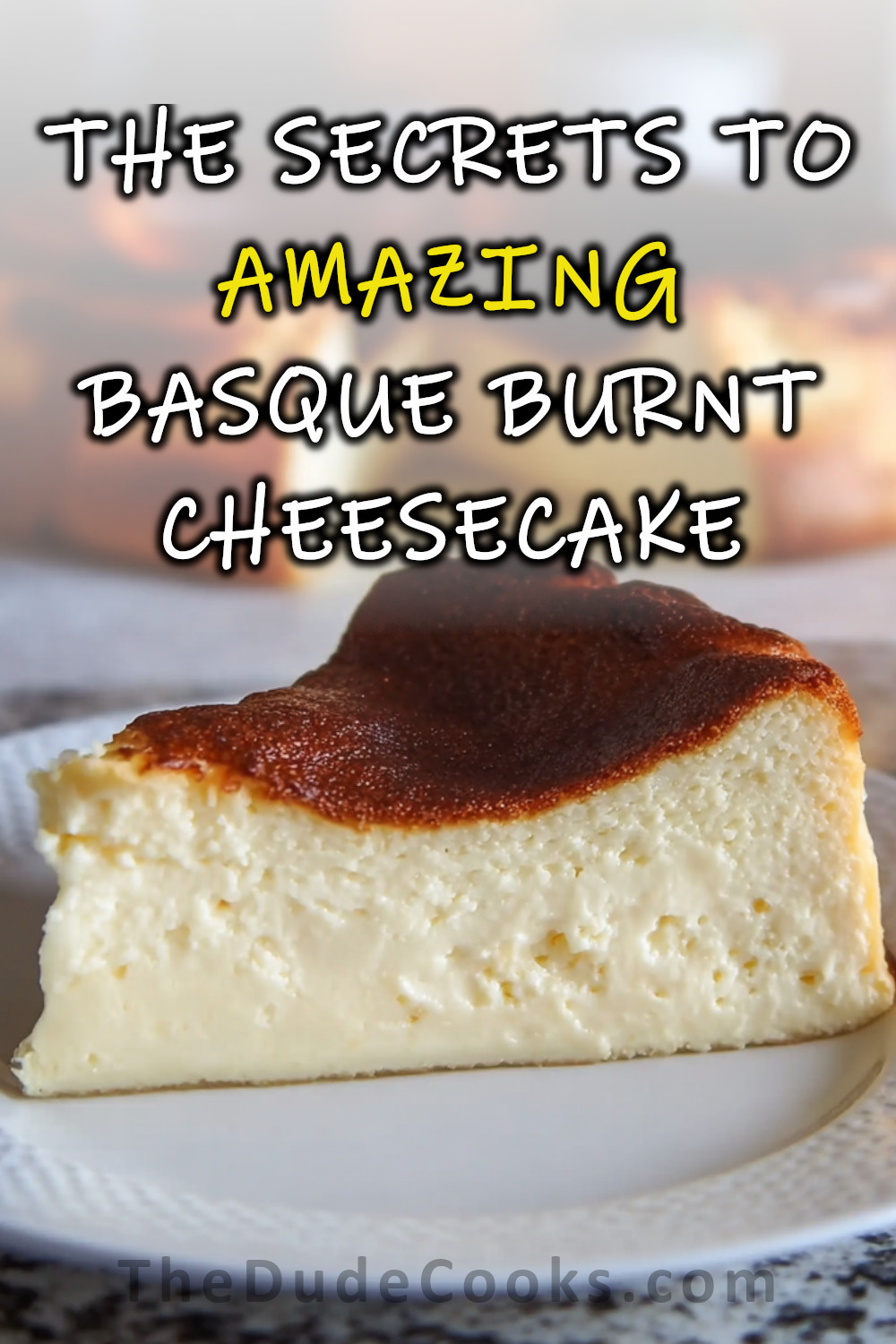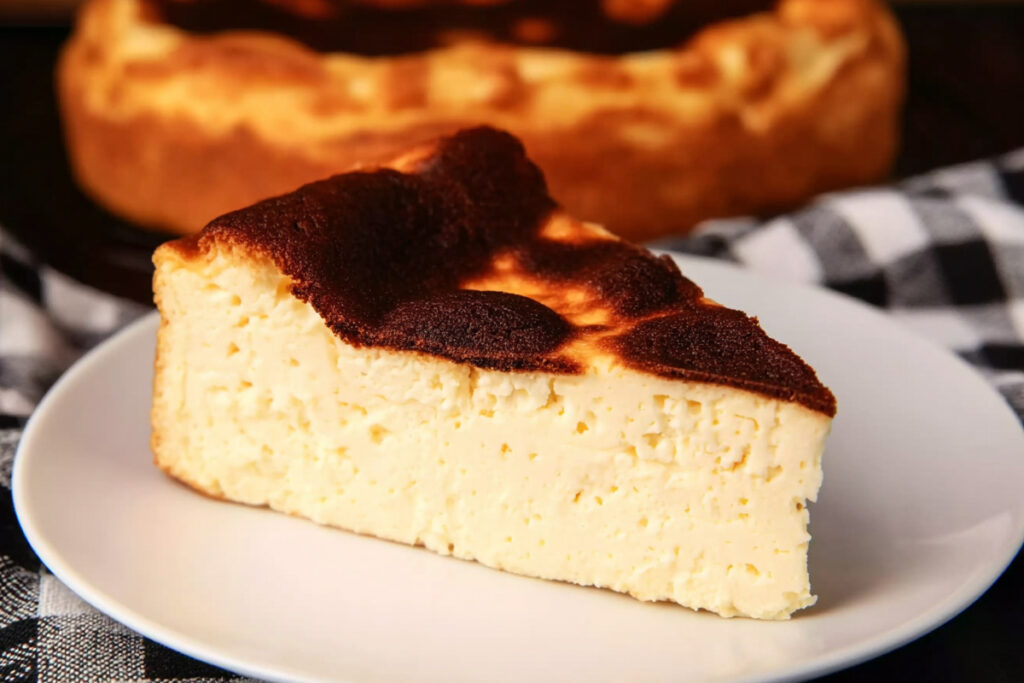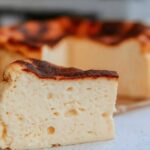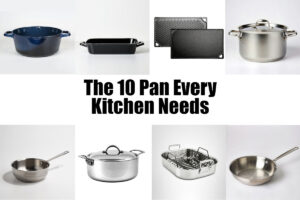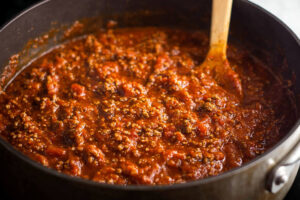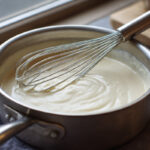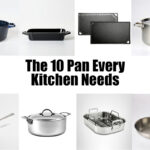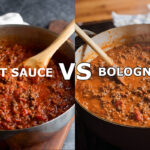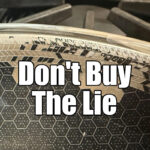If you’ve ever wanted cheesecake with less fuss and more flavor, meet your new favorite: Basque-style burnt cheesecake. This rich, crustless dessert has gone viral around the world for its cracked edges, caramelized top, and creamy, custard-like center. Baked hot and fast, it’s everything people love about cheesecake—with none of the stress.
What is Basque-style cheesecake?
Basque-style cheesecake is a crustless, creamy dessert that’s baked at a high temperature. The top gets dark and caramelized—almost burnt—while the inside stays soft and smooth. It comes from San Sebastián, Spain, and first became popular at a little bar called La Viña.
This cheesecake is known for its rustic look. It rises high while baking, then falls as it cools, leaving wrinkled edges and a golden brown top that looks dramatic—but tastes amazing.
How is it different from regular cheesecake?
Basque cheesecake breaks all the usual cheesecake rules.
Here’s how it stands out:
- No crust. You bake it in parchment paper, straight into the pan.
- High heat. This gives it that deep brown, toasty top.
- Texture. The inside is soft, creamy, and custard-like—not dense or firm.
- Looks. It puffs up, cracks, and collapses as it cools—and that’s exactly what you want.
It’s bold, rich, and simple. No water bath. No stressing over cracks. Just one pan, one bake, and huge flavor.
Tools You’ll Need to Make Basque Cheesecake
One of the best things about Basque cheesecake is how simple it is to make. You don’t need special skills or fancy gear—just a few basic tools that help you get that perfect burnt top and creamy center.
Here’s what you’ll need:
- 10-inch springform pan – This gives the cheesecake space to rise and fall without spilling over.
- Parchment paper – Crumple it first so it fits into the pan easily. Let it rise above the rim to hold in the batter.
- Large mixing bowl – You’ll be working with a lot of cream cheese and eggs, so grab your biggest bowl.
- Electric mixer or hand mixer – Cream cheese can be thick. A mixer makes the batter smooth and lump-free.
- Rubber spatula – For scraping down the sides and getting every last bit into the pan.
- Oven thermometer (optional) – Basque cheesecake needs the right heat to brown without burning. Ovens lie—this helps.
- Wire rack – Letting the cheesecake cool evenly helps set the middle without making it dense.
That’s it. No water bath. No crust. No stress.
Burnt Basque Cheesecake
Ingredients
- 1 kg 2.2 lbs full-fat cream cheese, room temperature
- 400 g 2 cups granulated sugar
- 7 large eggs room temperature
- 200 ml about ¾ cup plus 1 tbsp heavy cream
- 1 tbsp all-purpose flour
- 1 tsp vanilla extract optional
- 1 tsp fine salt optional
Instructions
- Preheat oven to 410°F (210°C), no fan if possible.
- Line a 10-inch (25 cm) springform pan with parchment paper, letting the paper extend 2 inches above the rim.
Make the Batter:
- In a large bowl, beat cream cheese and sugar until smooth and creamy.
- Add eggs one at a time, mixing well after each.
- Stir in flour, then add heavy cream, vanilla (if using), and salt (if using). Mix until just combined. The batter should be silky and pourable.
Bake:
- Pour batter into the prepared pan. Tap gently to release air bubbles.
- Bake for 35–50 minutes:
- 35 min = runny center
- 40 min = custardy
- 50 min = fully set
- The top should be deeply golden brown and the center should jiggle slightly when shaken.
Cool & Chill:
- Cool the cheesecake in the pan on a wire rack for 1 hour.
- Transfer to the fridge (uncovered) and chill overnight or at least 8 hours.
Serve:
- Serve at room temperature for best texture.
- Store leftovers in the fridge for up to 5 days. Can be frozen, but texture may soften slightly.
Notes
Basque Cheesecake FAQ
What is Basque-style cheesecake?
Basque-style cheesecake is a crustless cheesecake baked at high heat. It has a dark, caramelized top and a soft, creamy center. The dessert comes from San Sebastián, Spain, and is known for its rustic look and bold flavor.
Why is Basque cheesecake burnt on top?
Basque cheesecake is baked at a high temperature, which causes the top to brown quickly. That deep color isn’t a mistake—it’s part of the flavor. The burnt top adds a toasted, caramel-like taste that sets it apart from regular cheesecake.
How is Basque cheesecake different from New York cheesecake?
Basque cheesecake and New York cheesecake are very different:
- Basque cheesecake has no crust and is baked hot for a dark top.
- New York cheesecake has a crust and is baked low and slow.
- Basque has a soft, custard-like center, while New York is dense and firm.
What does Basque cheesecake taste like?
Basque cheesecake tastes rich, creamy, and slightly sweet. The burnt top adds a deep, toasted flavor, kind of like crème brûlée. The center is soft and smooth, almost like custard.
Where did Basque cheesecake come from?
Basque cheesecake was created at a bar called La Viña in San Sebastián, Spain. It first became popular in the 1990s and went viral years later thanks to food blogs and social media.
Who invented Basque cheesecake?
Chef Santiago Rivera at La Viña in Spain is credited with inventing Basque cheesecake. His recipe has inspired many versions around the world, including this one.
How do you make Basque cheesecake?
To make Basque cheesecake, you mix cream cheese, sugar, eggs, cream, and a little flour. Pour the batter into a parchment-lined pan and bake it hot until the top is dark and the center jiggles. Then let it cool and chill before serving.
Why doesn’t Basque cheesecake have a crust?
Basque cheesecake is meant to be simple and crustless. The focus is on the creamy filling and the caramelized top. No crust also means fewer steps and less stress when baking.
Can you make Basque cheesecake without a springform pan?
Yes, you can make Basque cheesecake without a springform pan. Use a deep round cake pan lined with parchment paper that goes up the sides. Just make sure it’s fully cooled before removing it from the pan.
Why is my Basque cheesecake cracking or collapsing?
Cracks and a sunken center are normal for Basque cheesecake. It rises high during baking and falls as it cools. This gives it its signature wrinkled look and creamy texture.
How do you know when Basque cheesecake is done?
Basque cheesecake is done when the edges are set and the center still jiggles slightly. The top should be dark brown, even almost burnt. Don’t worry if it looks underdone—it will firm up as it cools.
Should Basque cheesecake be jiggly in the center?
Yes. A little jiggle in the middle means the inside will be smooth and creamy. After chilling in the fridge, it sets just enough to slice while staying soft.
How do I get that signature burnt top without overbaking it?
To get the burnt top, bake the cheesecake at 410°F (210°C) until it’s dark brown. Don’t open the oven during baking. If it’s not dark enough, you can broil it for 1–2 minutes—but watch it closely.
What kind of cream cheese is best for Basque cheesecake?
Use full-fat cream cheese for the best results. Brands like Philadelphia work great. Avoid whipped or low-fat cream cheese—they won’t give you the right texture.
Can I use mascarpone or ricotta instead?
Yes. You can replace some cream cheese with mascarpone for a silkier texture. Ricotta can work too, but it makes the batter looser and changes the final texture.
Can I make a chocolate or matcha version?
Yes, you can flavor Basque cheesecake! Add about 100g of melted dark chocolate or 1–2 tablespoons of matcha powder to the batter. Be sure to mix it in well so the flavor spreads evenly.
Is Basque cheesecake gluten-free?
Yes, it can be. Most recipes only use a tablespoon of flour. You can easily swap it with gluten-free flour or leave it out entirely. The cheesecake will still set.
Can I make it low-carb or keto?
Yes. Use a low-carb sweetener like erythritol and skip the flour or use almond flour. Make sure to use full-fat cream cheese and heavy cream to keep it keto-friendly.
Can I reduce the sugar?
Yes. You can lower the sugar to 300 grams or even less. It will be less sweet and the top may not caramelize as much, but the flavor and texture will still be great.
Does Basque cheesecake need to be refrigerated?
Yes. After it cools at room temperature, you should chill it in the fridge. It needs time to set properly and is best served after several hours of chilling—overnight is ideal.
Can I freeze Basque cheesecake?
Yes. You can freeze the whole cheesecake or individual slices. Wrap tightly in plastic wrap and freeze for up to 1 month. Thaw in the fridge overnight before eating.
How long does Basque cheesecake last?
Basque cheesecake lasts 4 to 5 days in the fridge. Keep it in an airtight container or wrap it tightly in foil to stay fresh.
Should it be served warm or cold?
Basque cheesecake is best served at room temperature. Let it sit out for 30 minutes after chilling so the texture softens and the flavor really comes through.
What goes well with Basque cheesecake?
Basque cheesecake tastes great on its own, but you can add simple toppings like:
- Fresh berries
- A dusting of powdered sugar
- Whipped cream
- A drizzle of honey or caramel
Just keep it light—the cheesecake is the star of the show.
